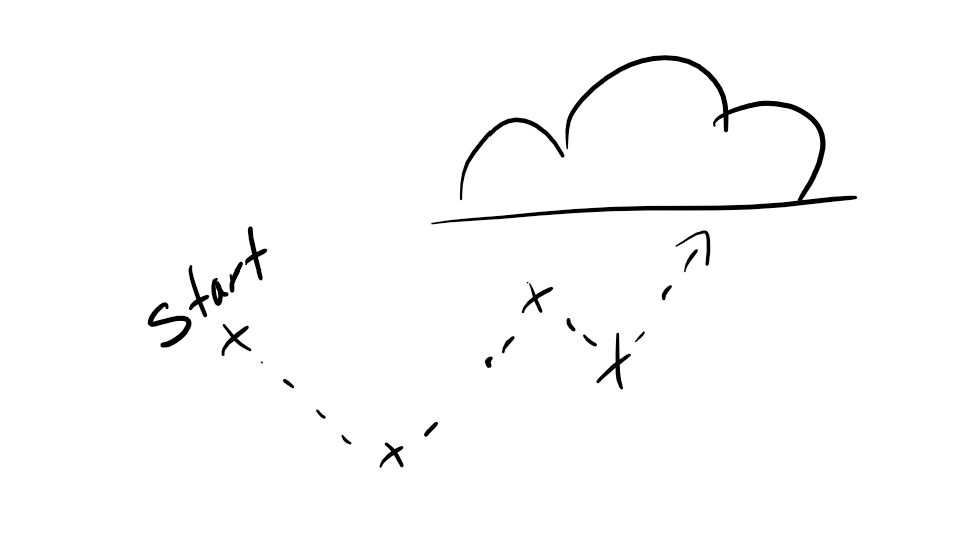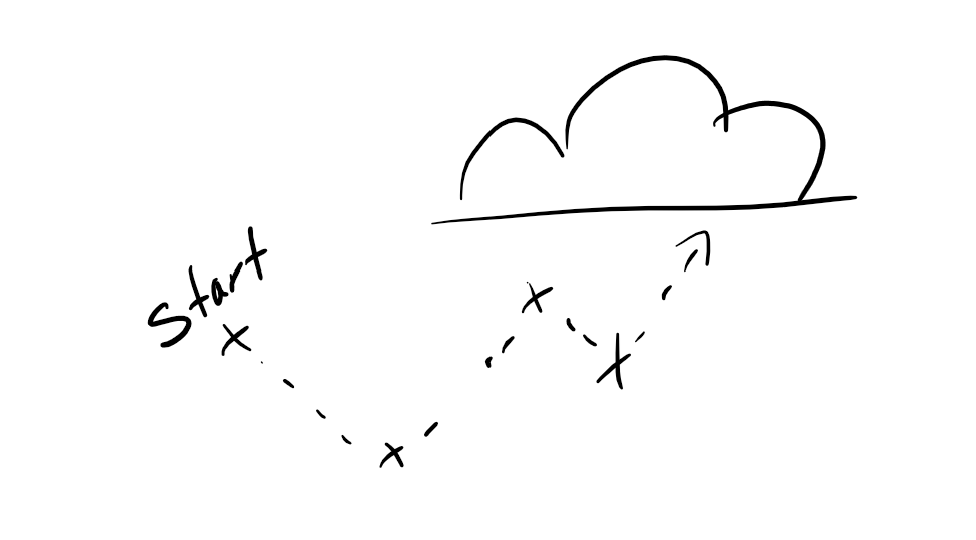OKRs That Actually Work: How to Set Goals Your Team Won’t Ignore

The right way to work with OKRs and how to implement them effectively to further strengthen your team’s output.
TLTR⚡; Since my first contact with the "Objectives and Key Results" — or OKR — framework at Staffbase GmbH, I haven’t been able to let go of the idea behind it.
As a Design Manager, team leader, and coach, I’m constantly on the lookout for new and effective management techniques to validate with my teams and, if applicable, to implement.
A lot of ideas fizzle out or prove impractical. The OKR framework, however, is one of the rare exceptions. In this article, you’ll learn why that is and how you can actively apply it.
OKR Basics
Objectives and Key Results are designed to help you and your team achieve your goals in the long term. Thanks to the OKR framework, you and your team can continuously and systematically work toward your objectives. You always know the current status and can motivate accordingly.
What are OKRs
Compared to other management or goal-setting frameworks, OKRs are built for continuous exchange between all participants, adapting and evolving throughout the process. You don’t need to get a perfect version up and running right away.
Perhaps you’ve already worked with classic annual goals. These usually require a lot of resources to create, only to disappear into a drawer for months, reappearing just before year-end to see if you can still secure your bonus.
Objectives
This brings us to one of the core elements of OKRs — the "Objectives." Objectives are your goals or targets. When creating your Objectives, you always follow the direction set by the top leadership or overarching vision, aligning your Objectives with those of the higher level.
Imagine you and your team are in a rowing boat, but each person is rowing toward a different destination — where would you end up? Probably barely moving. If, however, everyone works toward the same goal and combines their efforts, you’ll reach it much faster.

Key Results
As the name suggests, Key Results reflect the end results and help you measure your Objectives. Individual Key Results can also become Objectives — this happens when they are passed down from one organizational level to another. For example, your manager’s Key Result becomes your Objective, for which you then create new Key Results. These, in turn, could be passed further down. This cascading approach ensures that all goals contribute to a higher-level goal and stay on track. Your metaphorical rowing boat stays aimed at the same target.

What Makes Good OKRs
Setting Key Results isn’t hard. The key is to let your team decide how they might achieve an Objective. This gets them thinking and creating realistic goals within their possibilities. Writing down initial goals is quick — but next, we’ll distinguish between qualitative and quantitative goals. Only when both are present in your Key Results can you be sure your Objectives will be met sustainably and effectively.
To make this tangible, imagine you’re a call center agent and your Key Result is to call 20 people per day. You could achieve that simply by dialing through your list, without any guidance on how the calls should be handled. This leaves room for interpretation and could lead to rushed calls. Don’t get me wrong — the goal isn’t to overly constrain yourself, but to create a healthy framework that still allows experimentation and personal approaches. After all, we don’t want to kill independence or creativity.
Quantitative OKRs
We’ve already seen quantitative Key Results — they specify fixed numbers or conditions to meet. As noted above, they can lead to unwanted results if used alone. For completeness, here are some examples with possible outcomes when taken in isolation:
| Quantitative Key Results | Outcome |
|---|---|
| Call 200 potential customers per day | 200 calls are made, but without guidance on call quality or duration, potentially creating annoyed customers. |
| Train 2 hours per day | Good baseline, but says nothing about effort or training quality. |
| Weekly 1-on-1 meetings with employees | Can consume time without improving performance or culture. |
Quantitative Key Results are important for setting direction, but never use them alone — otherwise you risk unsatisfactory outcomes. They are your accelerators.
Qualitative OKRs
In contrast, qualitative Key Results are your lane keepers — they keep your boat on course and prevent drifting. Alone, they can’t survive, as they guide but don’t drive progress.
Imagine you’re a Formula 1 mechanic and your Key Result is to reduce pit stop errors by 50%. You’d do everything to minimize mistakes — but this might conflict with the need for speed, where every second counts.
Here are some examples:
| Qualitative Key Result | Outcome |
|---|---|
| Take the time in each call to better understand the customer’s challenges | The customer feels understood, but without limits, calls could run indefinitely. |
| In each training session, keep heart rate in the upper performance range for at least 20 minutes | Can be intense and short, risking injury and missed training days. |
| Each 1-on-1 should follow a set agenda and end with clear action items, averaging no more than 25 minutes | Efficient and structured, but could harm employee satisfaction by skipping the personal side. |
Quantitative Key Results are accelerators. Qualitative Key Results are lane keepers.
The Perfect Balance
By combining quantitative and qualitative Key Results, you reach your goals quickly and accurately, without drifting or heading in the wrong direction — saving significant resources in the process.
Flexibility vs. Traditional Tools
OKRs are not static, long-term targets to be planned and shelved until year-end. They’re a flexible framework in constant motion, adapting to conditions and staying in flow.

When Are OKRs Worth Using — and Will They Help?
OKRs are a tool that needs to be used properly. You’ll only know if they help once you put them into practice. I’ve never seen them fail when implemented correctly — regardless of team size.
When Are OKRs Not Worth Using?
Honestly, I can’t think of a scenario where OKRs can’t work — provided they’re integrated well. The only real blocker is a lack of trust in the organization. In such cases, start by building trust before implementing OKRs.
Why Do OKRs Fail So Often?
Because they aren’t lived. If you treat them like annual goals, they won’t survive. Commitment from you, your team, and leadership is essential.
Establishing OKRs in a Company
If your company is already overloaded with initiatives, it won’t be an easy journey. Spreading the OKR idea is simple — living it is harder. You need leadership support and someone responsible for maintaining OKRs, from setup to ongoing adjustments.
Preparation
Here’s a quick guide to get started.
The “Why” Question
First, ask yourself why you want to implement OKRs. Are they the right tool for your needs? I like to picture a rowing boat where everyone rows in different directions — you won’t move forward. OKRs can align the direction.
Staying the Course — Making OKRs a Ritual
The easy part is setting OKRs. The hard part is keeping them alive. Decide how often you’ll check in with your team. The biggest reason OKRs fail is neglecting communication. They are not annual goals — treat them differently.
At uxactly, we do a short weekly sync for OKR updates. In larger companies, we work with teams to find the most effective rhythm.
Book Recommendation
If you want to dive deeper, I recommend Measure What Matters: OKRs: The Simple Idea that Drives 10x Growth by John Doerr.
We’ve been working with OKRs for over 4 years — internally and with clients — and are happy to help you establish them in your company or team.
"Just do it!" is easy to say — and even easier to start!
Tell me about your experiences or plans — have you already worked with OKRs?


